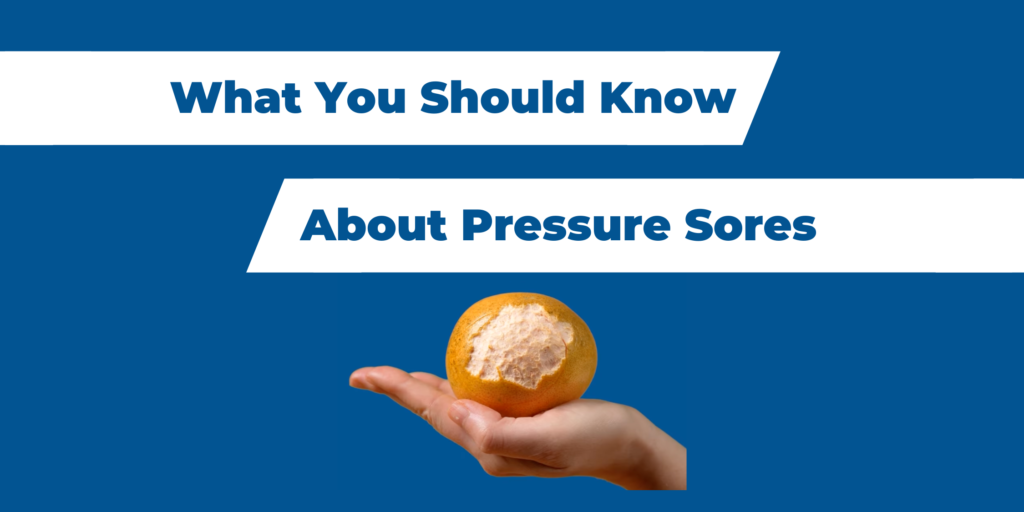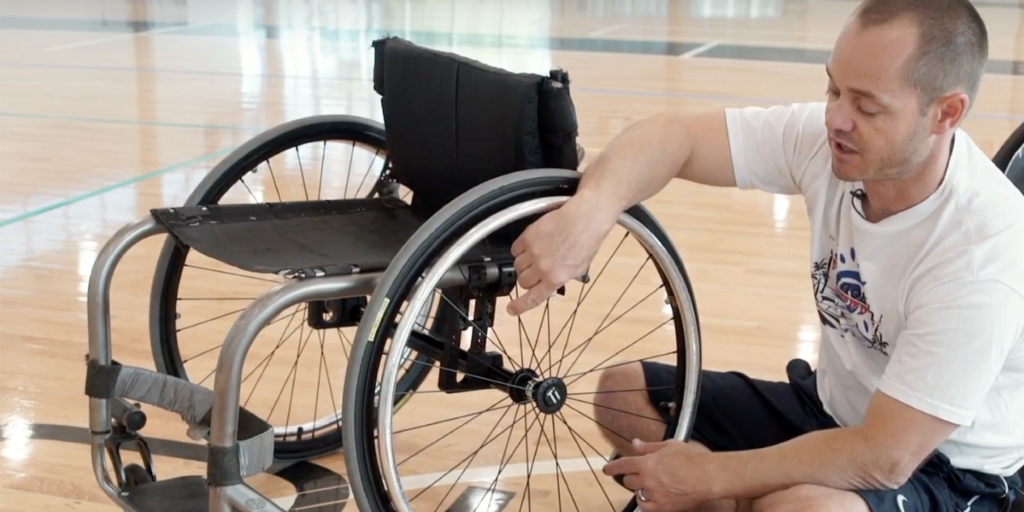What are pressure sores? How do you spot them? Can you prevent them? What do you do if you get one? Watch as Karneshia Shantel shares what you should know about pressure sores.
What are pressure sores?
Pressure sores are injuries to the skin and tissues beneath the skin that are typically caused by pressure. Pressure sores occur especially over bony areas like heels, elbows, hips and backsides.
If you use a wheelchair, sit or lie down for long periods of time, you’re at a higher risk.
How do you prevent pressure sores?
Conditions like diabetes and vascular disease can put you at a higher risk for pressure sores, and so can unhealthy behaviors like smoking. But a healthy lifestyle and a good diet can help prevent pressure sores.
If you’re malnourished and not maintaining a healthy weight, the loss of fatty cushion around pressure points also increases the risk. And not getting enough protein or vitamins can lead to slower wound healing.
Pressure sores typically develop over time but can progress rapidly. Here are a few things you can do to prevent pressure sores.
- Perform pressure reliefs. These exercises allow you to take the weight off areas that are under the most pressure. Do these every two hours while in bed and every thirty minutes while using a wheelchair.
- In bed, roll over on your side. Just be sure to change the position you’re lying in.
- In your wheelchair you can lean back or lift yourself up and float. Be sure to do these for 30-90 seconds.
- If you use a wheelchair, make sure it fits. This will cut down on pressure and friction that contributes to pressure sores. Work with a physical or occupational therapist to get a chair that fits and discuss cushion options.
- Perform daily skin checks. Use a mirror to check hard to see places or have someone help you.
- Pay attention to the places most likely to develop pressure sores, like heels, ankles, knees, hips, spine, tailbone, elbows, shoulders, shoulder blades, ears and the back of your head.
What happens if you develop a pressure sore?
If you develop a pressure sore, see a doctor right away. Pressure sores can progress into serious medical issues quickly, so it’s important to treat them quickly. Otherwise, you risk the chance of hospitalization or serious illness. Here’s what else you should know:
- Pressure sores progress through different stages. This could start with no skin tearing all the way to deep tissue wounds. A doctor will be able to determine which stage the sore is in and treat accordingly.
- Keep the wound clean to avoid any infection.
- Be especially careful if you experience any kind of incontinence (loss of bladder control).
- You may not be able to feel the actual pressure sore.
- Be on the lookout for other signs of infection:
- Fever, malaise (feeling unwell), headaches, or redness or swelling around the wound.
- Growth in the size or depth of the wound.Discharge from the wound.
- Any other change in how you may feel.
- If found early, infections may be treated with simple antibiotics. But if left untreated, infections from pressure sores can cause serious life-threatening illness.
- Your doctor may also prescribe creams and lotions. These lotions protect the wound and encourage new tissue growth. They can also break down the tissue that needs to be cleared for healing.
What happens after I see a doctor?
Once your pressure sore is treated by a doctor, they may refer you to a physical or occupational therapist to explore ways to cut down on pressure. The therapist may look at your chair to see how it fits you. They may also recommend a special mattress or positioning device to reduce the risk of pressure sores while in bed.




